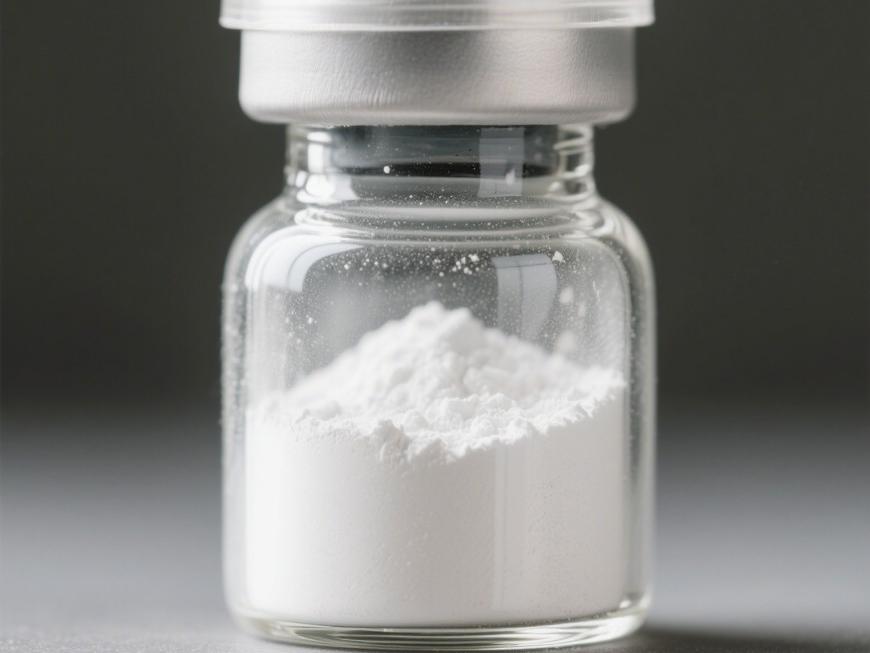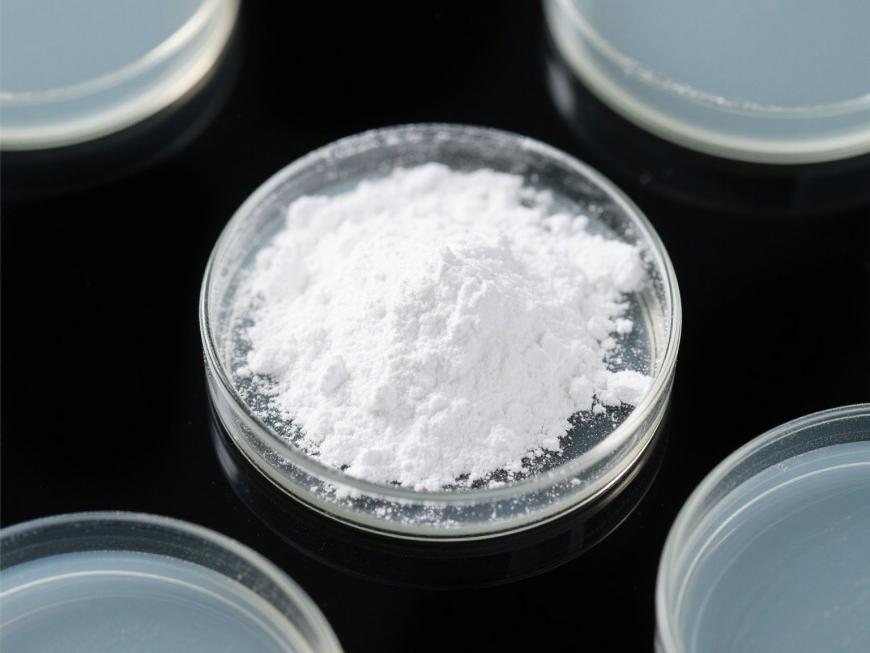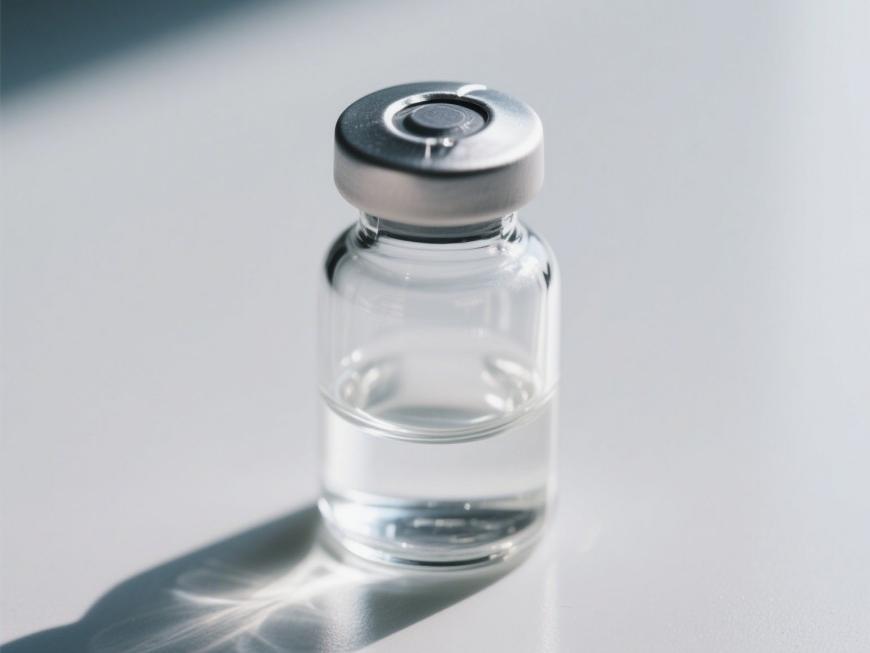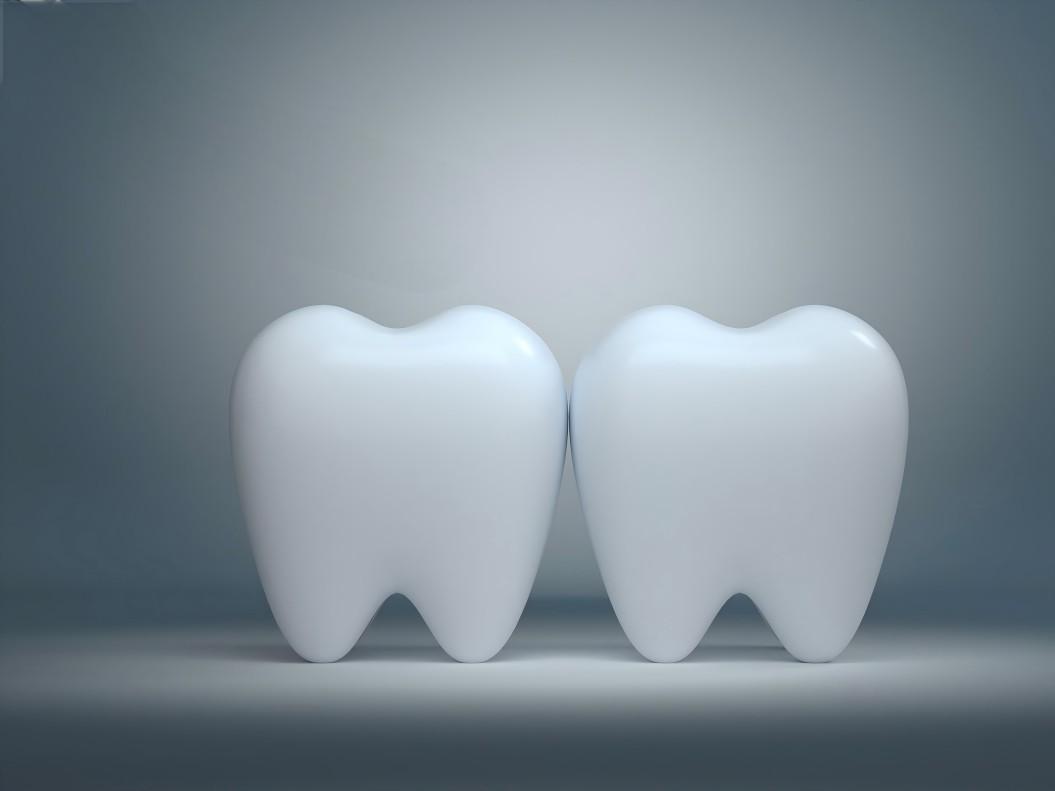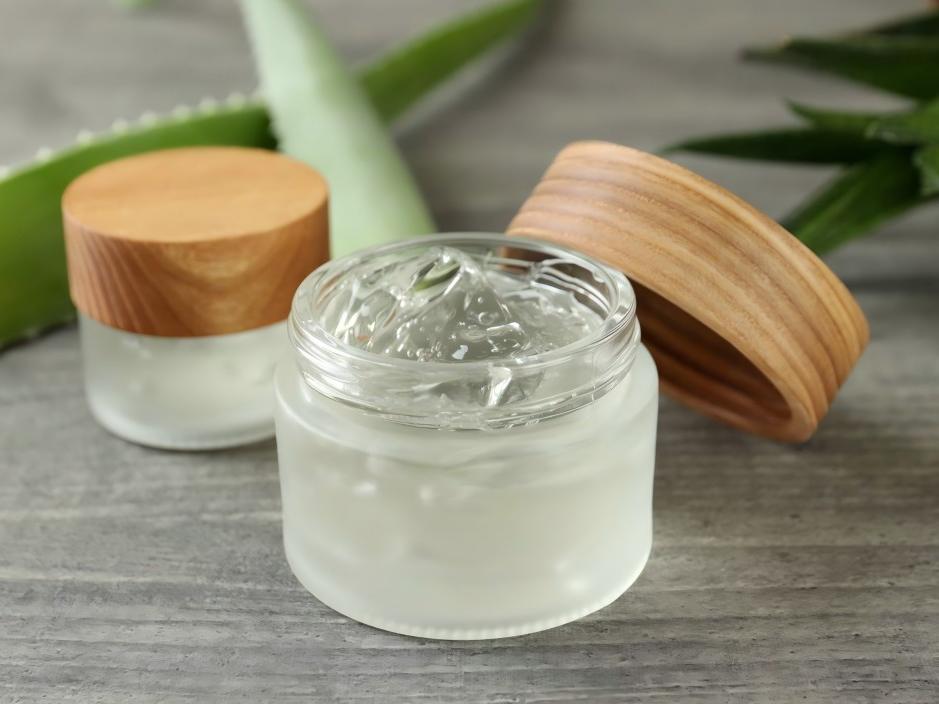What Is the Production Method of Hyaluronic Acid?
Hyaluronic acid (HA), also known as hyaluronan, is a large molecule mucopolysaccharide that is widely found in the connective tissue of animals and humans and in the capsules of some bacteria. In 1934, Meyer and others first isolated the substance from the vitreous humour of cattle. In the 1970s, Balazs and others [2] extracted hyaluronic acid from the combs of chickens and human umbilical cords and formulated it into NIF-hyaluronic acid, an auxiliary viscoelastic agent for ophthalmic surgery, which pioneered the medical application of hyaluronic acid. It was used in high-end skin care cosmetics at the beginning of the 1980s, and its demand increased substantially. In 1987, it was also marketed as a treatment for arthritis, and in recent years it has been widely used as a drug carrier and tissue engineering material. With the continuous development of research on the application of hyaluronic acid in cosmetics and medicine, it is increasingly being recognised as an important new biochemical drug, both domestically and abroad.
In the 1980s, China began researching the separation, purification and preparation processes and clinical applications of hyaluronic acid. In the early 1990s, hyaluronic acid preparations were already on the market as new drugs, and the production method had also evolved from extraction to microbial fermentation. By inducing mutations in the fermentation strain, the fermentation raw materials, fermentation conditions and fermentation process were continuously improved and optimised, and the yield of hyaluronic acid has been dramatically increased. However, the viscosity of the fermentation broth limits the further increase in hyaluronic acid production. At present, the focus of research on fermentation methods has shifted from the simple pursuit of yield to the quality of hyaluronic acid, which provides good opportunities for the development of metabolic engineering operations. At the same time, some new and safer genetically engineered strains are gradually entering the market.
1 Properties and characteristics of hyaluronic acid
1.1 Structure and physical and chemical properties of hyaluronic acid
Hyaluronic acid is a linear polysaccharide composed of N-acetylglucosamine (GlcNAc) and D-glucuronic acid (GlcUA) as the repeating unit of disaccharides. It has a relative molecular weight of about 10⁵~10⁷ and 300 to 11,000 disaccharide units, making it a large biological molecule. Observation under the electron microscope confirms that hyaluronic acid is a linear single chain. Due to the hydrogen bonds between the monosaccharides on the linear axis, the hyaluronic acid molecule assumes a rigid helical columnar shape in space. The inside of the column is strongly hydrophilic due to the large number of hydroxyl groups. Hyaluronic acid can bind up to 1000 times its own weight in water in solution, and this water is fixed in the spiral column; it is not easily lost[3]. Gibbs et al.[4] found that at low concentrations, hyaluronic acid solutions mainly exhibit viscosity, while at high concentrations, they mainly exhibit elasticity.
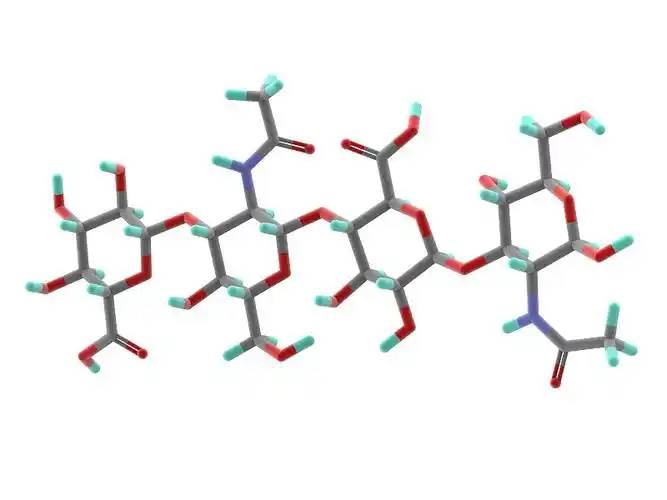
A variety of physical and chemical factors (such as acidity and alkalinity, ultrasound, ultraviolet light, x-rays, gamma rays, hyaluronidase, etc.) can cause the degradation of the hyaluronic acid macromolecules, resulting in a decrease in viscosity. During the production of hyaluronic acid and its preparations, the degradation of the molecular chains should be minimised to maintain its macromolecular properties.
1.2 Distribution and physiological effects of hyaluronic acid
Hyaluronic acid is widely distributed in the interstitial tissue of various human and animal tissues. It is also the main component of the capsules of bacteria such as Streptococcus and Pseudomonas aeruginosa. Although hyaluronic acid obtained from different sources has different molecular weights, there are no species differences between them, and they are not antigenic to humans and animals [S].
The physiological effects of hyaluronic acid vary depending on the tissue in which it is found. For example, in the skin it acts as a water-retaining agent, in synovial fluid it mainly lubricates joints, and in blood vessels it mainly regulates permeability. In addition, hyaluronic acid interacts with various proteins such as CD44, R hyaluronan and fibronectin, thereby influencing many physiological metabolic processes such as angiogenesis, tumorigenesis, cell movement, wound healing and cell adhesion.
2. Applications of hyaluronic acid
2.1. In cosmetics
Hyaluronic acid is a substance that is naturally found in the skin. Exogenous hyaluronic acid supplements the endogenous hyaluronic acid in the skin. In the international cosmetics industry, hyaluronic acid is recognised as the ideal nature moisturising factor (NMF). Cosmetics containing hyaluronic acid are internationally recognised as ‘biomimetic cosmetics’ and ‘fourth-generation cosmetics’, and many countries are competing to research and develop them.
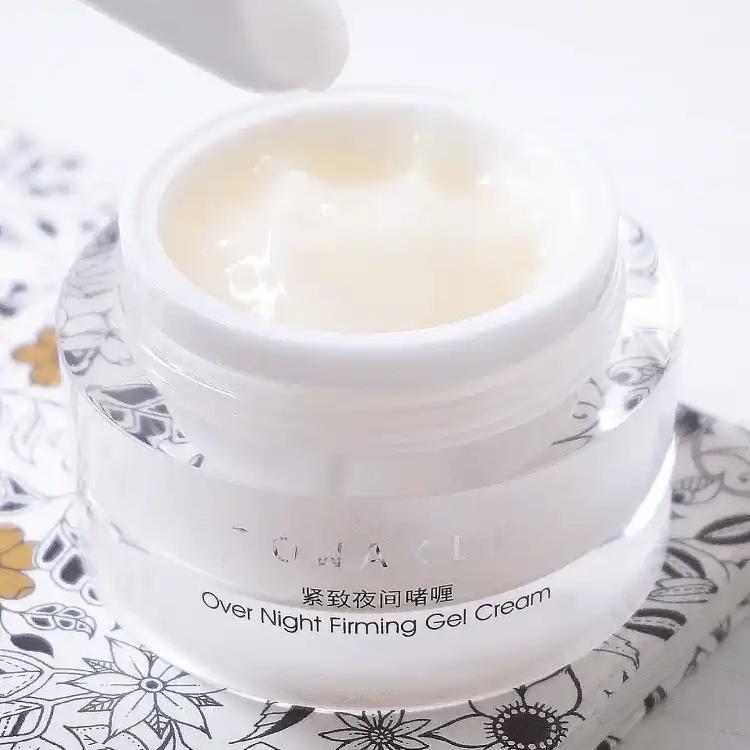
2.2 Beauty and health products
Hyaluronic acid is injected into the skin as a filler to reduce wrinkles [6. Hyaluronic acid is also used as a beauty and health product, which is absorbed through the digestive system after oral ingestion, increasing the synthesis of hyaluronic acid in the skin and other tissues.
2.3 Hyaluronic acid in medical applications
2.3.1 Eye surgery
Balazs et al. 2] used hyaluronic acid in ophthalmic surgery for intraocular lens implantation and found that it protected the corneal endothelium and also protected the iris from damage caused by the supporting struts of the intraocular lens. In other ophthalmic surgeries, the use of hyaluronic acid can increase the success rate of the surgery and reduce complications. In particular, hyaluronic acid is an ideal and unique material for viscous surgery. Hyaluronic acid is expected to be of even greater value in retinal detachment surgery, open vitrectomy, repair of traumatised eyeballs, corneal transplantation and glaucoma surgery.
2.3.2 Treatment of joint diseases
Hyaluronic acid and its salts (hyaluronan) are the main components of the synovial fluid of articular cartilage and play an important role in the physiological function of the joint. When joint disease occurs, the content of hyaluronic acid in the joint decreases and its physical and chemical properties change. Supplementation with exogenous hyaluronic acid can promote the increase of endogenous hyaluronic acid, restore the lubricating function of synovial fluid, promote cartilage repair, reduce the production of inflammatory mediators, and improve joint function. A large number of clinical results have shown that hyaluronic acid has a clear therapeutic effect and is safe for joint diseases such as osteoarthritis and rheumatoid arthritis, and has good application prospects[8].
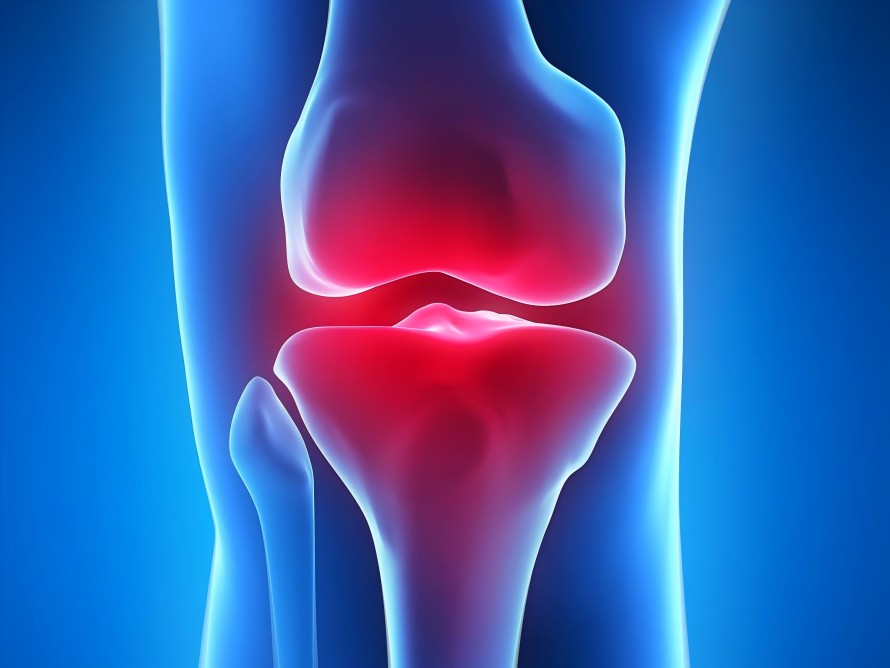
2.3.3 Application in medicine
Hyaluronic acid is used as a drug carrier, which has the functions of slow-release drugs and promoting transdermal absorption of drugs. Due to the large molecular weight of hyaluronic acid, the molecules interact and cross-link to form a network in the solution. This network adheres to the drug molecules, causing the drug to be slowly released from the hyaluronic acid network carrier. The rate of diffusion in the body is greatly slowed, producing a long-lasting, delayed effect.
Targeted drug delivery technology involves combining hyaluronic acid or its derivatives with various therapeutic drugs to form a compound, which allows the drugs to remain in different pathological sites in the body to exert their effects, thereby reducing the systemic side effects of the drugs.
2.3.4 Promoting wound healing
After hyaluronic acid was successfully used in eye surgery, it was also used in other surgical procedures. Currently, hyaluronic acid is used in cardiothoracic surgery, obstetrics and gynaecology, paediatric urology, laparoscopic surgery and other surgical procedures. As a highly viscoelastic biological material, it prevents postoperative tissue adhesion and promotes wound healing.
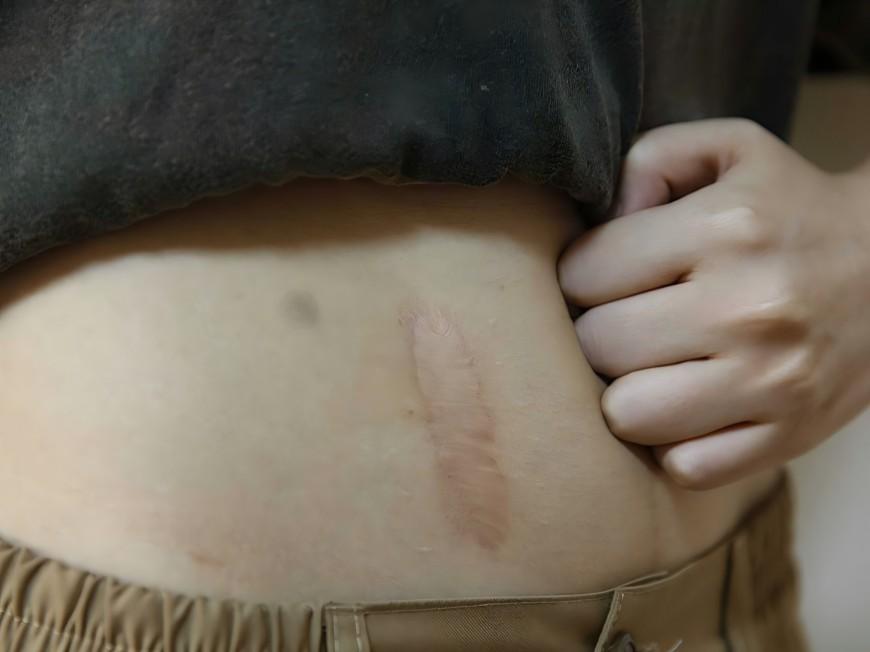
2.3.5 As a disease diagnostic indicator
Changes in the amount of hyaluronic acid in human blood can also be used as an indicator for disease diagnosis, to assist in the diagnosis of certain diseases. It has been found that the amount of hyaluronic acid in the blood of patients with liver cirrhosis will increase significantly [10], and an increase in hyaluronic acid levels after liver transplantation is an early sign of tissue rejection. When suffering from malignant tumours, changes in the amount of hyaluronic acid are related to the infiltration of tumour cells [1].
2.3.6 Tissue engineering materials
Hyaluronic acid also has broad application prospects in the field of biomaterials. At present, artificial skin and artificial bone products have been successfully developed using hyaluronic acid, and it also shows great application prospects in the research of repair materials for organs such as nerves and blood vessels [12]. The scope of application of hyaluronic acid is also constantly expanding.
3 Preparation of hyaluronic acid
3.1 Animal tissue extraction method
This method is the earliest method used to produce hyaluronic acid, and it uses materials such as chicken combs, human umbilical cords, pig skin, and bovine eye vitreous as raw materials. Hyaluronic acid extracted from animal tissue often contains a lot of protein and other polysaccharides, which makes the extraction process complicated, the yield low, purification difficult, the cost high, and the product quality poor. It also causes a decrease in the molecular weight of hyaluronic acid during the extraction process [13]. At the same time, the limited sources of raw materials such as cockscombs limit production. Currently, there is a trend for the animal tissue extraction method to gradually be replaced by the fermentation method.
3.2 Microbial fermentation method
3.2.1 Streptococcus synthesis of hyaluronic acid
The main strains reported for the production of hyaluronic acid are Streptococcus pyogenes (Group A) and Streptococcus zooepidemicus (Group C), Streptococcus equi and Streptococcus equisimilis. Group A streptococci are highly pathogenic and are not often used as a strain for large-scale fermentation; Group C streptococci are less pathogenic and are often used in microbial fermentation. Recent studies have shown that there are two types of hyaluronan synthase (Hyaluronan synt hyaluronanase, hyaluronan S) in nature, type I and type II. The synthase in streptococci and vertebrates is type I hyaluronan synthase, and type II synthase is only found in Pasteurella multocida¹⁴]. The type I synthase is generally studied in production. Streptococcus hyaluronan synthesis (hyaluronan s) Operator (Operator) Composed of hyaluronan sA, hyaluronan sB and hyaluronan sC three genes, encoding hyaluronan synthase, UDP-glucose dehydrogenase and UDP-glucose pyrophosphorylase, respectively 15]. The specific synthesis route of hyaluronan in Streptococcus [16] is shown in Figure 1.
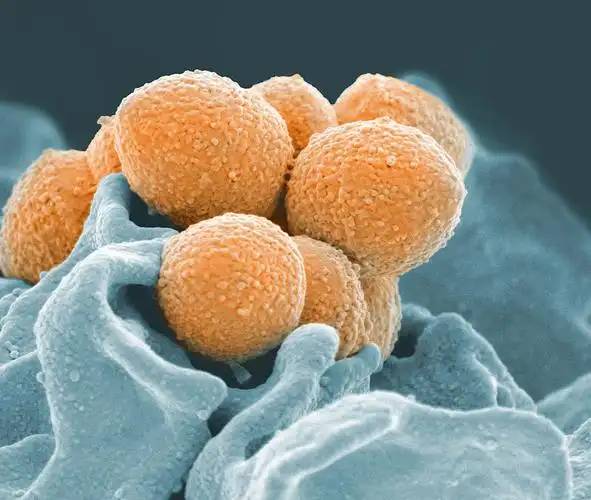
3.2.2 Hyaluronic acid production strain selection
Wild-type Streptococcus strains mostly produce streptolysin and hyaluronidase. Streptolysin has the effect of lysing red blood cells, killing white blood cells and poisoning the heart; when mixed with hyaluronic acid, it also reduces the quality of hyaluronic acid. Hyaluronidase can degrade hyaluronic acid, reducing its yield. Therefore, in large-scale production, it is common practice to first mutate to obtain hemolysin and hyaluronidase defective strains in order to improve the quality and yield of hyaluronic acid. Mutagenesis methods include physical mutagenesis [17], chemical mutagenesis [18] and combined mutagenesis [19].
3.2.3 Hyaluronic acid Optimization of fermentation conditions
Streptococcus has demanding nutritional requirements. Serum, brain heart infusion and other media are usually required for good growth. However, these nutrients are expensive, and the cost is too high for large-scale production. Therefore, complex nitrogen sources such as peptone, yeast extract and beef extract are usually used instead. The carbon source is mainly various monosaccharides, the most commonly used being glucose. Other nutrients include inorganic salts and trace elements. Optimising the culture medium for different strains can increase the yield of hyaluronic acid to a certain extent [20,21].
Streptococcus is a facultative anaerobe that can grow and synthesise hyaluronic acid under both aerobic and anaerobic conditions, but higher yields and product conversion rates can be obtained by aerated fermentation. The dissolved oxygen in the fermentation broth can be increased by increasing aeration and stirring speed, but too high a speed can lead to mechanical degradation of hyaluronic acid.
The pH value is an important factor in the fermentation of hyaluronic acid. It is generally controlled at around 7.0. The bacteria cannot grow at pH values below 5.5 or above 8.5. Streptococcus is a lactic acid bacteria that produces small organic acids such as lactic acid and acetic acid. During the fermentation process, the pH value needs to be neutralised with alkali to maintain an appropriate pH value.
The fermentation temperature is generally 37°C, but lower temperatures such as 35°C or 33°C are also used, or different temperatures are used at different stages. During the seed culture stage and the early stage of fermentation, 37°C culture can cause the bacteria to grow and multiply more quickly. During the middle and late stages of fermentation, the temperature can be lowered appropriately. It has been reported that this can cause the metabolism of glucose to shift from synthesising bacterial cell walls to synthesising hyaluronic acid, increasing the yield of hyaluronic acid [2].
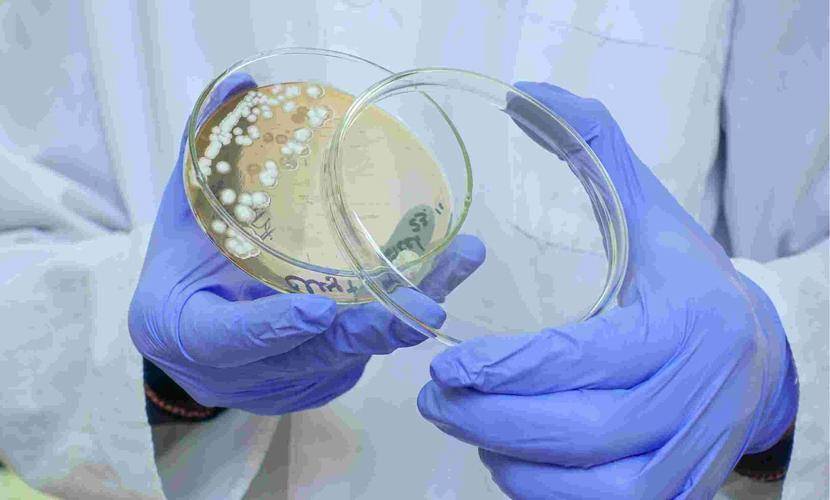
The water retention capacity of hyaluronic acid is positively correlated with its relative molecular weight, and the higher the molecular weight, the better the water retention capacity. Therefore, molecular weight is also an important factor in evaluating the quality of hyaluronic acid. Armstrong [23] and others found that appropriately increasing aeration and reducing fermentation temperature are conducive to increasing the molecular weight of hyaluronic acid; the initial glucose concentration has a significant effect on the molecular weight of hyaluronic acid. In addition, the addition of glucosamine, pyruvic acid, uracil and the like during the fermentation process can also help to increase the production of hyaluronic acid, as these are precursors for hyaluronic acid synthesis, and by adding them, high molecular weight hyaluronic acid can be obtained [24].
Fermentation broth may accumulate a certain amount of free radicals under aeration. Free radicals can cause the degradation of hyaluronic acid. Adding some free radical scavengers, such as vanillic acid, salicylic acid, tannic acid, etc., to the fermentation broth can protect hyaluronic acid to a certain extent and increase the relative molecular mass of hyaluronic acid. Adding a small amount of lysozyme to the fermentation broth can also increase the yield of hyaluronic acid. Lysozyme's function is to destroy the cell walls of bacteria, so that the bacteria have to secrete more hyaluronic acid to protect themselves. Adding certain surfactants such as SDS can inactivate hyaluronidase, thereby increasing the yield and relative molecular weight of hyaluronic acid.
3.2.4 Hyaluronic acid Fermentation process research
Hyaluronic acid solution is a typical non-Newtonian Kezon fluid; the stirring speed and hyaluronic acid concentration have a significant effect on the gas-liquid oxygen transfer rate; fermentation at a higher stirring rate can obtain a higher hyaluronic acid yield 25], and the use of a grid paddle mixer reactor provides a better mixing effect than a turbine mixer, resulting in a higher hyaluronic acid yield [26].
In the later stages of fermentation, when the growth of the bacteria enters a stationary phase, the cells begin to produce toxins and degradation enzymes. The enzymes cause autolysis of the bacteria, and the cell components are released into the culture medium, making extraction difficult. The use of continuous culture to produce hyaluronic acid, continuous culture in a medium with stable composition, can reduce the expression of these enzymes and reduce the rate of cell wall renewal, which is beneficial for separation and purification [27]. However, the hyaluronic acid yield is often unstable during continuous fermentation. BlanK [28] and others used a method of periodically diluting the fermentation broth, and increased the dilution multiple to 0.4h⁴, which increased the hyaluronic acid yield by 25% and made the yield more stable.
3.2.5 Research on hyaluronic acid metabolic engineering
Metabolic engineering is an emerging discipline that studies the modification of metabolic pathways to improve microbial performance and increase the yield of end products. It has been widely used in the directed improvement of microbial strains. Researchers have studied the metabolic pathway of hyaluronic acid production by Streptococcus and found that the theoretical maximum conversion rate of hyaluronic acid is above 0.84 g/g, while the conversion rate of hyaluronic acid in production is only about 0.1 g/g, and most of the carbon source is converted into small molecular acids such as lactic acid and acetic acid. Some researchers have used molecular biology methods to regulate the key nodes in the metabolic network of Streptococcus hyaluronus, in an attempt to significantly increase the yield and yield coefficient of hyaluronic acid within the limits allowed by thermodynamics.
Chong [16,29] and others found that the energy metabolism of Str. zooepidemicus is regulated by the activity of NADH oxidase. They cloned the gene for NADH oxidase and overexpressed it in the cell. As the activity of NADH oxidase increased, the main product of glucose fermentation also changed from lactic acid to acetic acid, and the biomass of the bacteria increased significantly as a result. In the later stages of fermentation, the hyaluronic acid produced wraps around the cells, increasing the viscosity of the fermentation broth, reducing dissolved oxygen, and limiting cell growth and hyaluronic acid production. Haoning et al. [30] introduced the haemoglobin gene (vgb) of the transparent tremella (vitreoscilla sp.) into streptococcus, which significantly improved the utilization of oxygen by the bacteria, promoted bacterial growth, and increased the production of hyaluronic acid by about 20%. Streptococcus produces excessive lactic acid during fermentation, which not only consumes a large amount of carbon source, but also lowers the pH of the fermentation broth, inhibiting the growth of the bacteria.
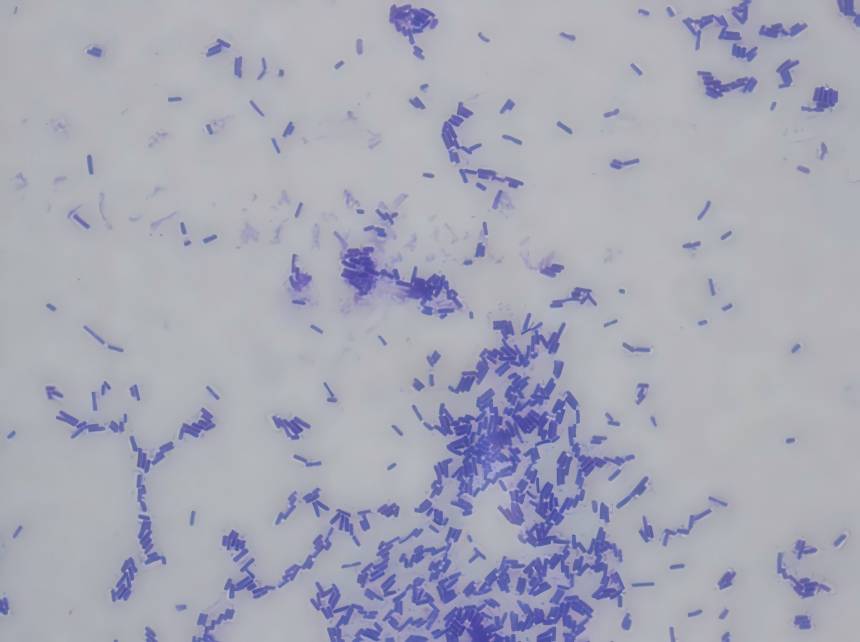
Wu³ et al. introduced the polyhydroxybutyrate (PHB) synthase system gene phbCAB into S. zooepidemicus, and expressed the phbCAB gene under IPTG induction to obtain a new NAD regeneration pathway, thereby avoiding the accumulation of NADH and reducing lactic acid synthesis. At the same time, NAD is required for hyaluronic acid synthesis, which also promotes hyaluronic acid synthesis. The yield of hyaluronic acid in the shake flask was increased by 29%. Krahulec³²] et al. found that the hyaluronic acid yield of a B-glucuronidase-deficient strain was 20% higher than that of the wild type, and the molecular weight was also increased by 2%. It is speculated that this is because B-glucuronidase can hydrolyse the free B-glucuronic acid from the non-reducing end of the polysaccharide, and the free B-glucuronic acid may induce the expression of its operon, resulting in the waste of abundant glucose in the medium.
3.2.6 Research on the production of hyaluronic acid using genetically engineered strains
Wild-type Group A and Group C streptococci produce hemolysins, which are pathogenic to humans and animals. Although mutant strains that are non-pathogenic are selected for large-scale production, hemolysin residues cannot be ignored during fermentation; and streptococcal fermentation media is expensive. Therefore, the construction of new GRAS (generally recognized as safe) engineered strains has become a research focus.
Yu et al. [33 artificially synthesized the sseA gene of S. zooepidemicus, which encodes hyaluronic acid synthase, and transferred it into E. coli together with the homologous genes of Streptococcus hyaluronic acid sB or hyaluronic acid sB+ hyaluronic acid sC. to obtain recombinant E. coli strains, with hyaluronic acid production of 190 mg/l and 160 mg/l, respectively, and an average molecular weight of 3.5 × 10⁵ to 1.9 × 10⁶. Novozymes introduced the S. equismilis hyaluronan gene into Bacillus subtilis. By manipulating the key steps in the hyaluronic acid synthesis pathway, the gene expression can be maximised, the hyaluronic acid production increased and its molecular weight controlled. Gene expression does not require the use of specific substances to induce it, and the hyaluronic acid it secretes is of high yield and easy to recover.
Chien [34] and others inserted the hyaluronic acid sA and hyaluronic acid sB genes of Streptococcus equi subsp. zooepidemicus into the NICE (Nisin-controlled expression system) of Lactococcus lactis, resulting in the co-expression of hyaluronic acid sA and hyaluronic acid sB in Lactococcus lactis, and the production of hyaluronic acid reaching 0.65 g/l. In addition, some people have used chlorella virus to infect green algae cells to develop a hyaluronic acid synthesis system [S]. Although these new genetically engineered strains of hyaluronic acid do not have a competitive advantage in terms of yield, they have the potential advantage that the molecular weight of the hyaluronic acid can be controlled, the purity is easy to control, and these strains do not produce toxins that are harmful to humans or animals, nor do they produce hyaluronidase. They are therefore more suitable for producing high-quality hyaluronic acid.
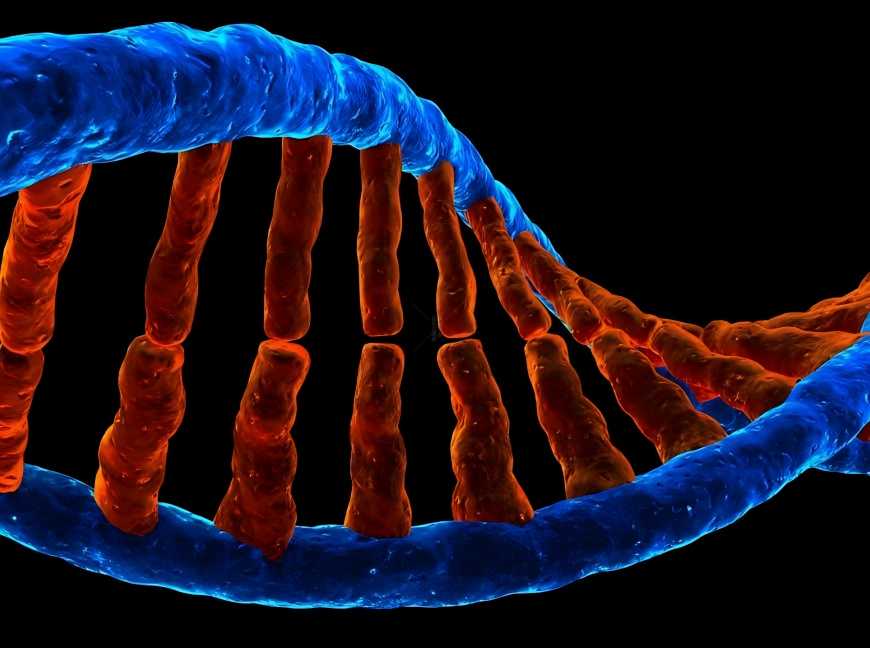
3.3 In vitro synthesis method
Studies have shown that in living organisms, hyaluronic acid is synthesized by hyaluronic acid synthase catalyzing the synthesis of UDP-GlcUA and UDP-GlcNAc. Therefore, in recent years, some scholars have attempted to synthesize hyaluronic acid in vitro by enzymatic methods, and have made some progress. Ling Min et al. [35 amplified the gene for hyaluronan synthase (sqHyal) from Str. equi, constructed the expression plasmid pSE-sqHyal and transformed it into Escherichia coli DH5α. After induction and culture, the sqHyal protein and activity were detected in the cell membrane. Using the cell membrane carrying this enzyme, UDP-GlcUA and UDP-GleNAc were used as substrates to synthesise hyaluronic acid with a molecular weight of 3.6×10⁶ in vitro. This is about 2.5 times and 5 times the molecular weight of hyaluronic acid produced by fermentation and extraction methods respectively.
Shiro Kobayashi, a professor at Kyoto University in Japan, artificially synthesised hyaluronic acid through a natural enzyme polymerisation reaction. In a paper published at the annual meeting of the Chemical Society of Japan, Professor Shiro Kobayashi said that the synthetic method for hyaluronic acid is to first synthesise a hyaluronic acid oxazolidine derivative using a polysaccharide polymer, then add the hyaluronidase enzyme to break it down, creating a complex of the derivative and the enzyme. Finally, the enzyme is removed from the 90°C reaction solution, and hyaluronic acid is produced. The synthetic hyaluronic acid produced in vitro is not fundamentally different from naturally produced hyaluronic acid, but its structure is less pure and it is currently in the research and development stage.
4 Conclusion
The global demand for hyaluronic acid continues to grow every year. Although the tissue extraction method is relatively mature, it is difficult to meet market demand by extracting hyaluronic acid from the connective tissue of humans and animals alone. The production cost of hyaluronic acid by fermentation is greatly reduced compared to extraction, and the yield and molecular weight have also been improved, but the conversion efficiency is still very low. Using metabolic engineering methods, the key nodes in the metabolic pathway of hyaluronic acid production by Streptococcus can be adjusted according to the metabolic pathway of hyaluronic acid production by Streptococcus. It is possible to greatly increase the yield and molecular weight of hyaluronic acid within the limits allowed by thermodynamics. Alternatively, the strain can be modified through genetic engineering methods to synthesise hyaluronic acid in or outside the new microorganism, reducing production costs and improving the yield and quality of hyaluronic acid. With the continuous development of molecular biology technology, this will be a new direction of development.
Reference
[1]Meyer K,Palmer JW.The polysaccharide of the vitreous humor.Biol Chem,1934,107:629~634
[2]Hermann D S,Denlinger JL,Balazs E A.Exogenous Na- hyaluronate in the anterior chamber of the owl monkey and its effect on the intraocular pressure.Experimental Eye Reaserch, 1984,39(2):137~152
[3]Fouissac E,Milas M,Rinaudo M.Shear rate,concentration, molecular weight and temperature viscosity dependences of hyaluronate,a wormlike polyelectrolytesMacromolecules, 1993,26:6945~6951
[4]Gibbs D A,Merrill EW,Smith K A,et al.Rheology ofhyaluronic cid.Biopolymers,1968,6(6):777~791
[5]Yamada T,Kawasaki T.Microbial synthesis of hyaluronan and chitin:New approaches.Biosci Bioeng,2005,99(6):521~ 528
[6]Bergert GC,Latouche X,llouz YG.The value of a new filler material in corrective and cosmetic surgery:dermailive and dermadeep,Aesth Plast Surg,2001,25(4):249~255
[7]ArshinoffS A.Ophthalmic viscosurgical devices.In:kohnen T, koch D D.Cataract and refractive surgery(Esentials in ophthalmology),Clinical medicine,Germany:Springer,2005.37~62
[8]Cortivo R,De Galateo A,Castellani I,et al.Hyaluronic acid promotes chick embryo f6broblast and chondroblast expression. Cell Biol Int Reports,1990,14:111~114
[9]LI Q,Wang F S,Ling PX,et al.Chinese Pharmaceutical Journal,2005,40(7):485~488
[10]Zheng D.Journal of Radioimmunology,2007,20(3):233~ 234
[11]Qu L,JiSL.Chinese Joumal of Biochemical Pharmaceutics, 2007,28(2):127~129
[12]Fan J,Xiong DS,Huang YS.Chinese Medical Equipment Joumal,2006,27(5):22~26
[13]Luo M,Jiang L K,Xi J.Progress in Biochemistry and Biophysics,1999,26(6):596~600
[14]Weigel PH.Functional characteristics and catalytic mechanisms of the bacterial hyaluronan synthases.IUBMB Life,2002,54:201~ 211
[15]O'Regan M,Martini I,Crescenzi F,et al.Molecular mechanisms and genetics of hyaluronan biosynthesis.Int J Biol Macromol,1994,16:283~286
[16]Chong F B,Nielsen L K.Aerobic cultivation of streptococcus zooepidemicus and the role of NADH oxidase.Biochem Eng J, 2003,16:153~162
[17]Zhang S R,Xu WJ,Zhang P,et al.Joumal of Beijing University of Chemical Technology,1999,26(1):1~4
[18]Meng Q F,Teng LR,Hong SS,et al.Jourmal of Jilin University(Science Edition),2004,42(1):121~125
[19]Deng Y,Yu L,Ren LQ.Jounal OF Jilin University (Engineering and Technology Edition),2005,35(2):210~ 213
[20]Rangaswamy V,Jain D.An eficient process for production and purification of hyaluronic acid from streptococcus equi subsp. zooepidemicus.Biotechnol Lett,2008,30(3):493~496
[21]Liu YR,Chen LH,Liu RJ,et al.High Technology Letters, 2006,16(3):275~280
[22]Wang R,Zhang ZK,Wei H,et alGuangxi Agricultural Sciences,2001,4:190~192
[23]Ammstrong D C,Johns M R.Culture conditions affect the molecular weight properties of hyaluronic acid produced by streptococcus zooepidemicus.Appl Environ Microbiol,1997,63 (7):2759~2764
[24]Stangohl S.Methods and means for the production of hyaluronic acid.US,6537795,2003
[25]Gao HJ,Chen J,DuGC,et al.Jourmal of Chemical Industry and Engineering(China),2003,54(3):351~356
[26]Hiruta 0.Application of maxblend fermentor for microbial proceses.Journal of Fermentation and bioengineeing,1997, 83(1):79~86
[27]Park MG,Jiang JD,Kang WK.streptococcus zooepidemicus mutant strain for preparing hyaluronic acid.EP:625576,1994
[28]Blank LM,McLaughlin RL,Nielsen LK.Stable production of hyaluronic acid in Streptococcus zooepidemicus chemostats operated at high dilution rate.Biotechnology and Bioengineering,2005,90(6):685~693
[29]Chong F B,Nielsen L K.Amplifying the cellular reduction potentioal of Streptococcus zooepidemicus.Biotechnology,2003, 100:33~41
[30]Hao N,Zhang JY,Chen GQ.China Biotechnology,2005, 25(6):56~60
[31]WuX,Gao H,Tian G,et al.Transformation of streptococus zooepidemicus with genes responsible for polyhydroxybutyrate synthesis.Tsinghua Science and Technology,2002,7(4):387 ~392
[32]Krahulec J,Krahulcová J.Increase in hyaluronic acid production by Streptococcus equi subsp.zooepidemicus strain deficient in beta-glucuronidase in laboratory conditions.Appl Microbiol Biotechnol,2006,71(4):415~422
[33]Yu HM,Stephanopoulos G.Metabolic engineering of Escherichia coli for biosynthesis of hyaluronic acid.Metab Eng, 2008,10(1):24~32
[34]Chien L J,Lee CK.Hyaluronic acid production by recombinant Lactococcus Lactis.Appl Microbiol Biotechnol, 2007,77:339~346
[35]Ling M,Huang RB,Huang K,et al.Industrial Microbiology, 2003,33(2):4~8


 English
English French
French Spanish
Spanish Russian
Russian Korean
Korean Japanese
Japanese